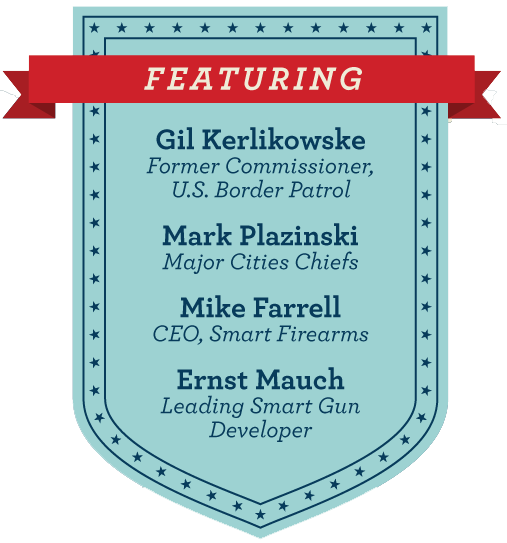It’s no secret that law enforcement is a dangerous occupation. According to estimates by the National Law Enforcement Officers Memorial Fund approximately 130 officers will be killed in the line of duty this year with firearms along with traffic related accidents making up the vast majority of fatalities. Gun grabs in particular are a major concern and we’ve recently learned according to research by Johns Hopkins University that when a policeman’s firearm is taken away during an assault, there is more than a 2x likelihood of the incident ending in the death of an officer.
Technology can help save police lives. According to a 2009 Police Executive Research Forum study, officer injuries dropped by 76% when a Taser is used for protection. Yet law enforcement for a variety of reasons is often hesitant to adopt new technology and new products. Even the Glock pistol which is now used by over 65% of all police departments in the US was met with strong initial skepticism.
Such is the case with smart guns which can only be fired by the authorized user (and his partner). Healthy skepticism is understandable and warranted in a dangerous profession like police work. Our task today is to achieve a consensus of understanding of what are the valid concerns regarding new smart gun technology and what needs to be accomplished both in terms of education and product development before they become a reality, if indeed they ever do.
We also want to achieve some clarity on what are the true benefits of smart guns for law enforcement with regards to reducing the danger of lost or stolen guns as well as gun grabs. We’re excited and honored by the high quality of the presenters and panelists that have assembled for today’s informational event. And we’re hopeful that all in attendance will come away with some degree of enlightenment and perhaps even epiphany.
When: Thursday August 3, 2017, 11 am to 2:30 pm
Where: Henley Park Hotel, in historic Washington, DC
RSVP: Email Ralph Fascitelli

